Curious connections
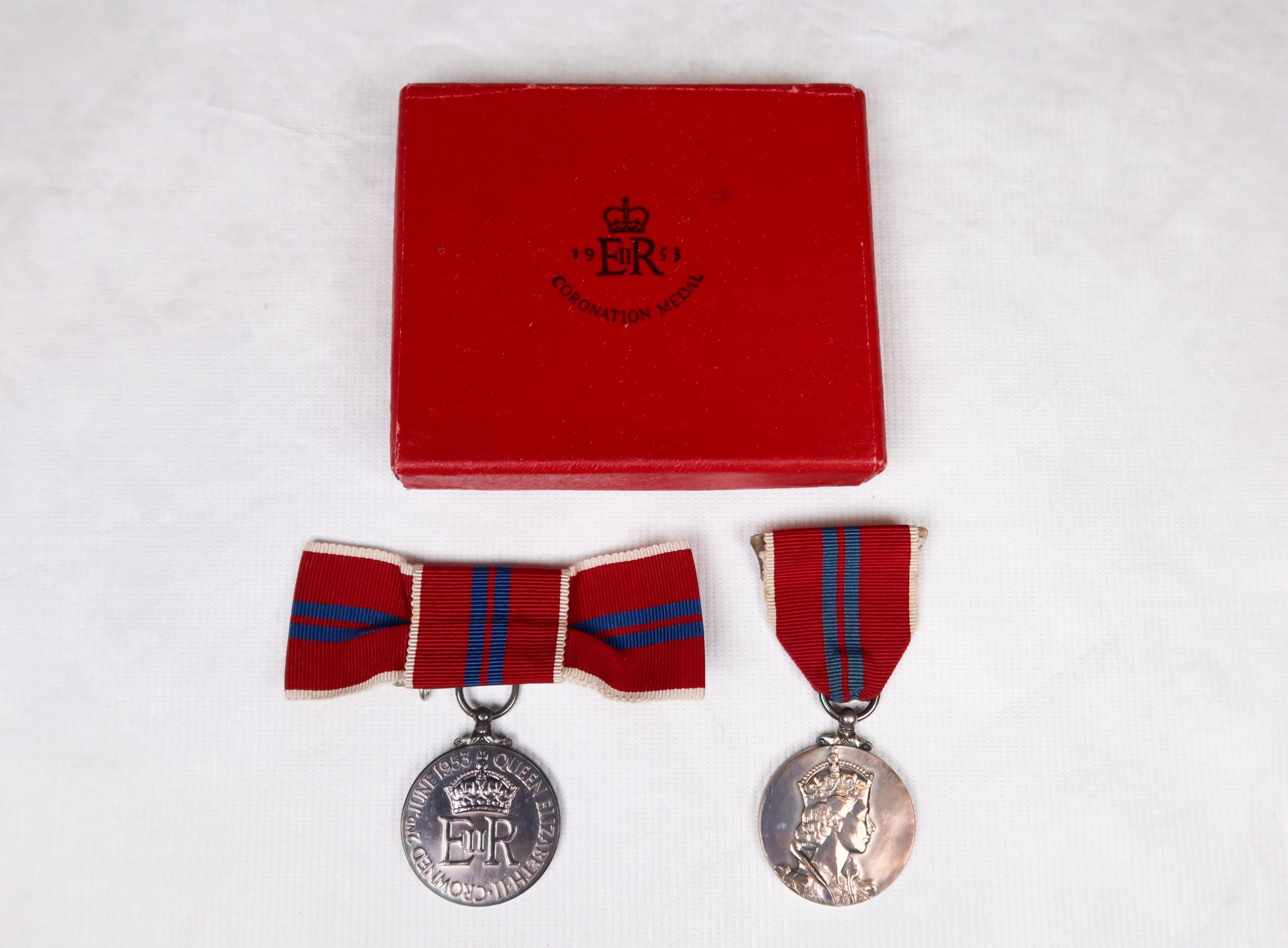
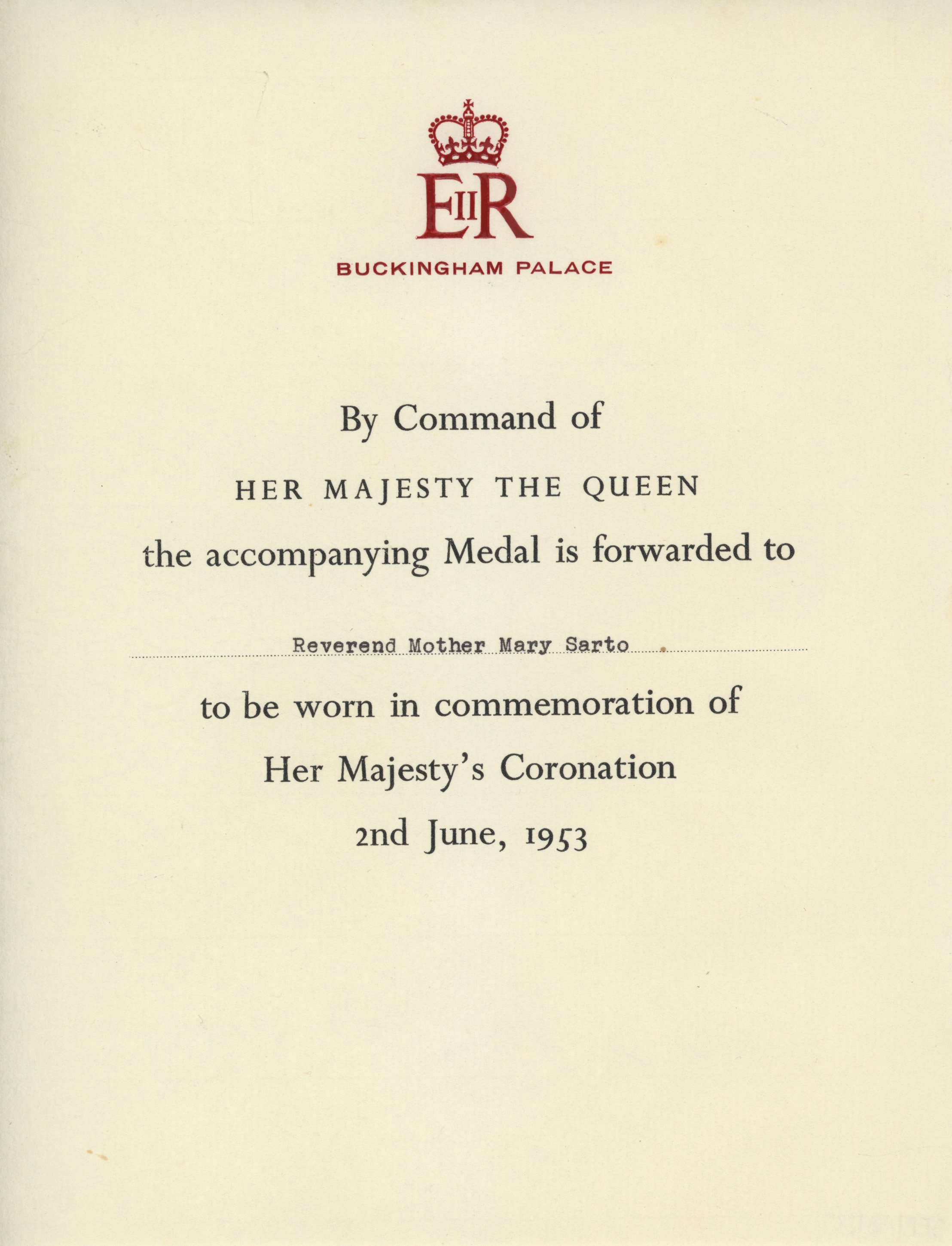
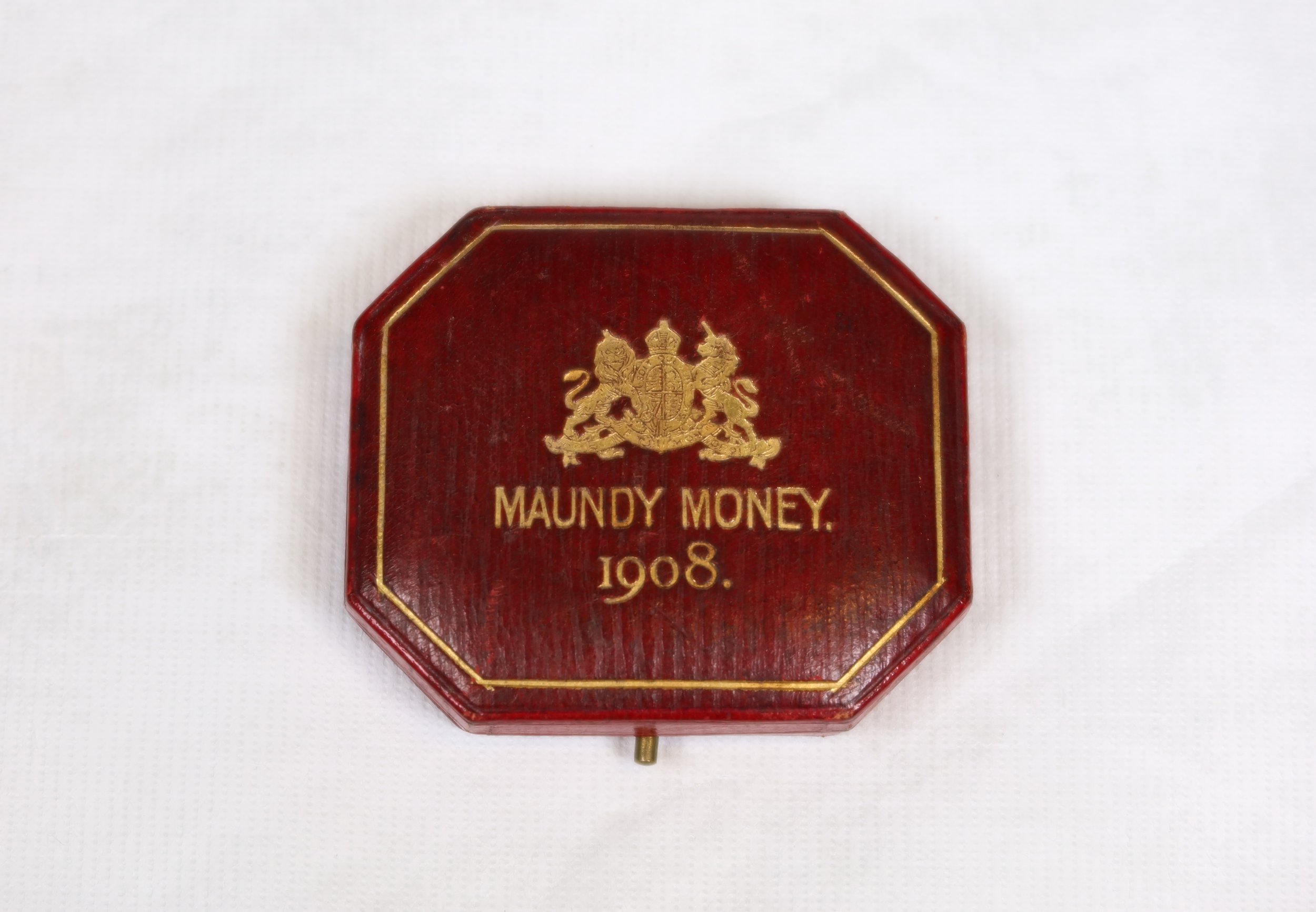
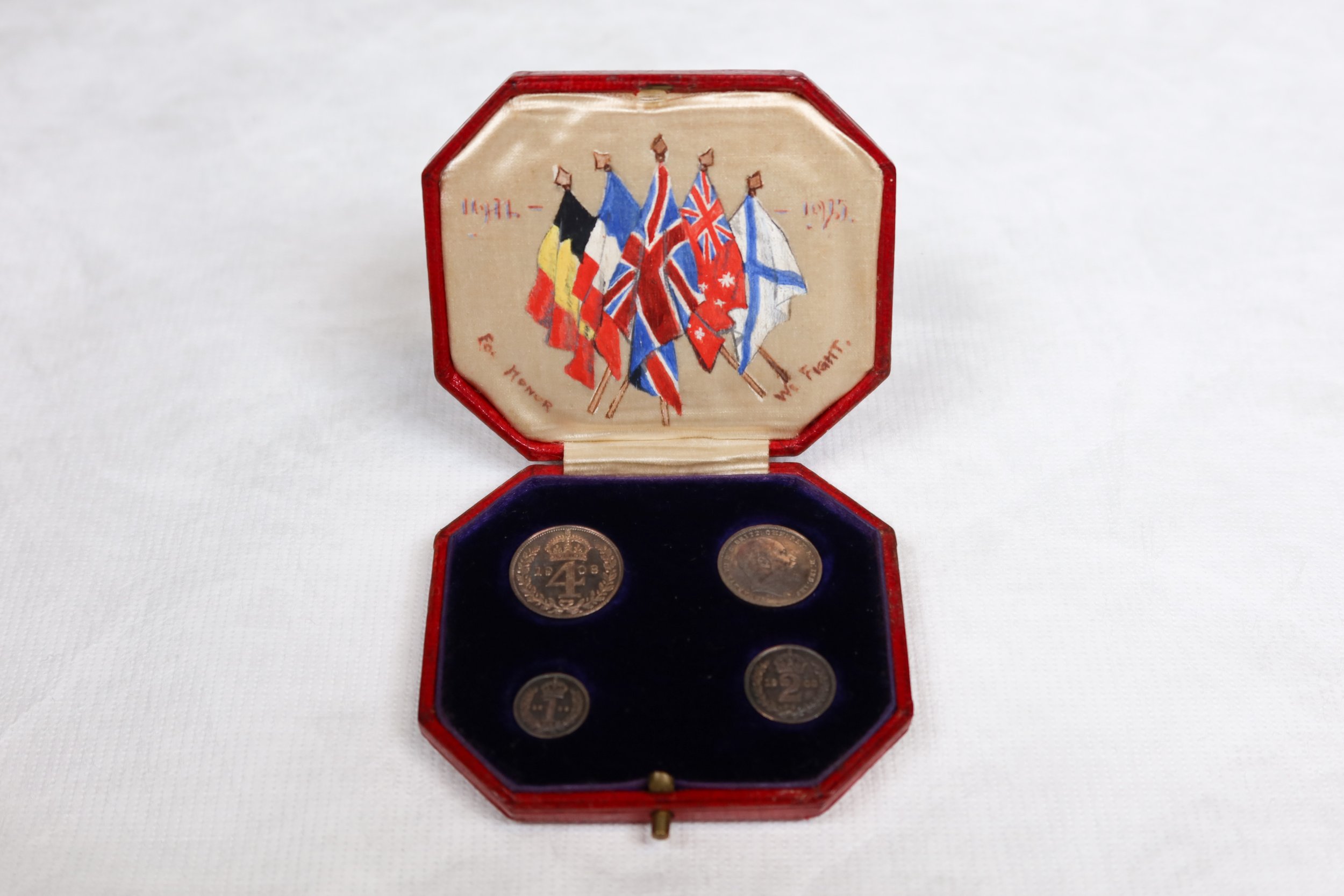
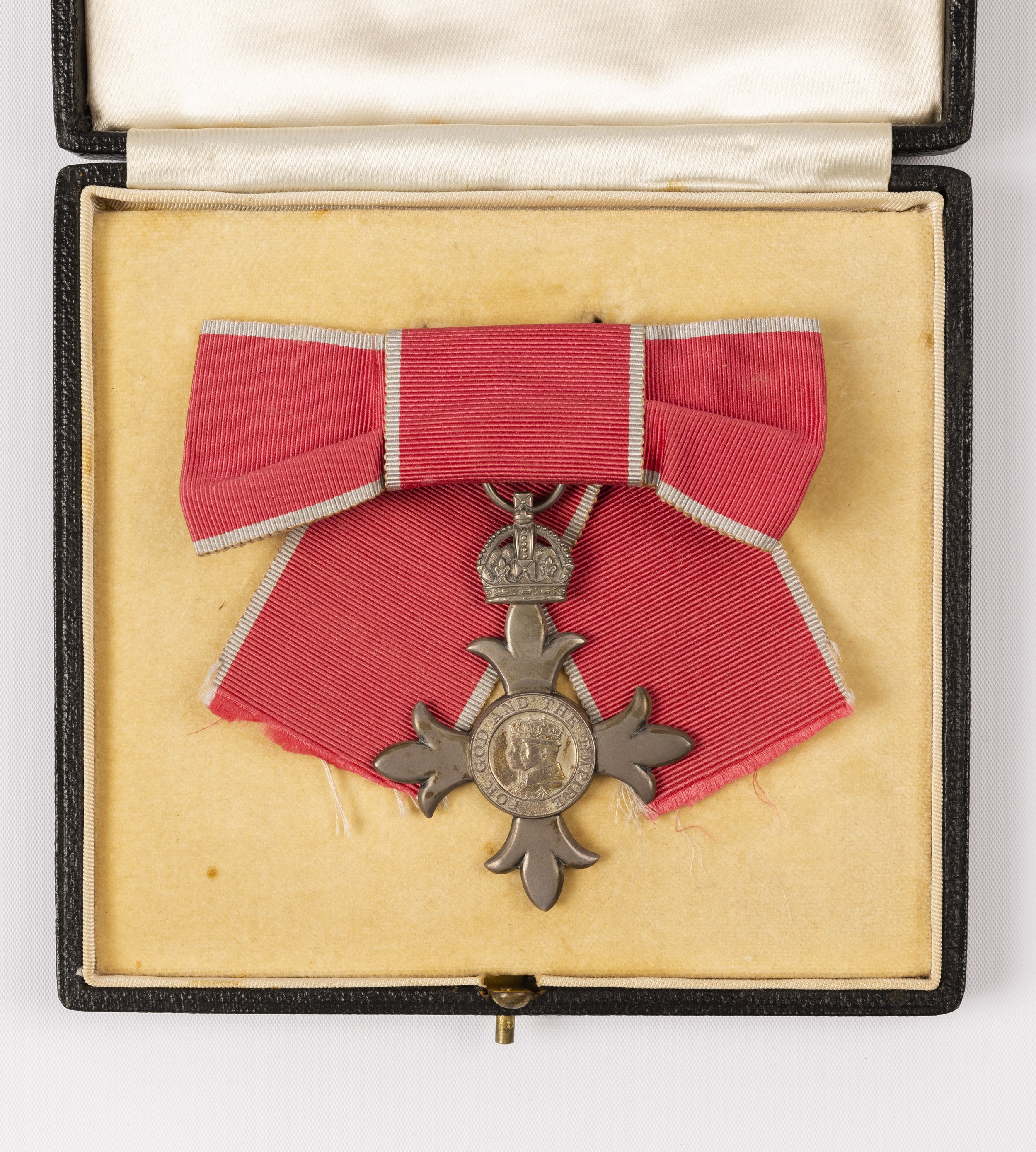
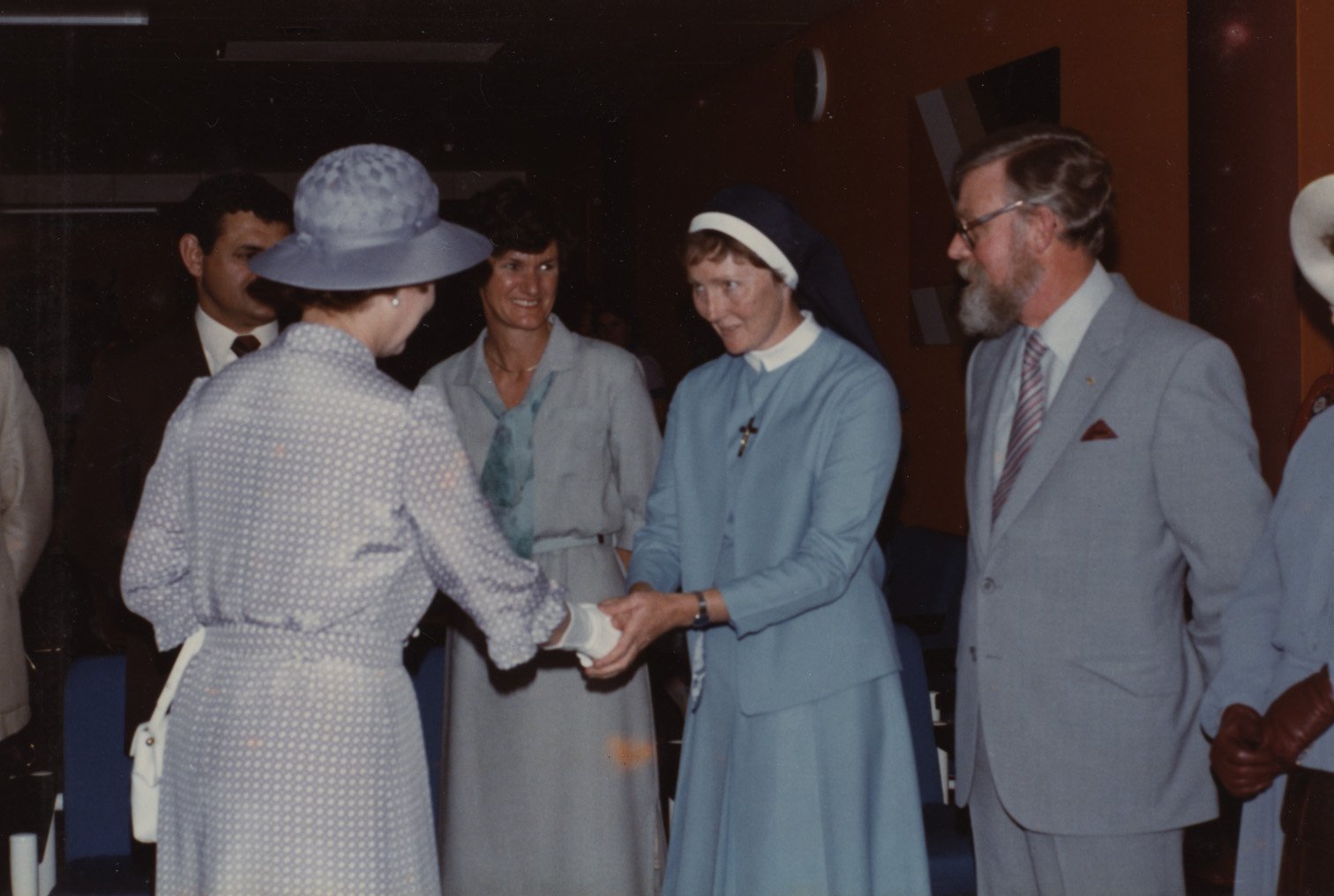
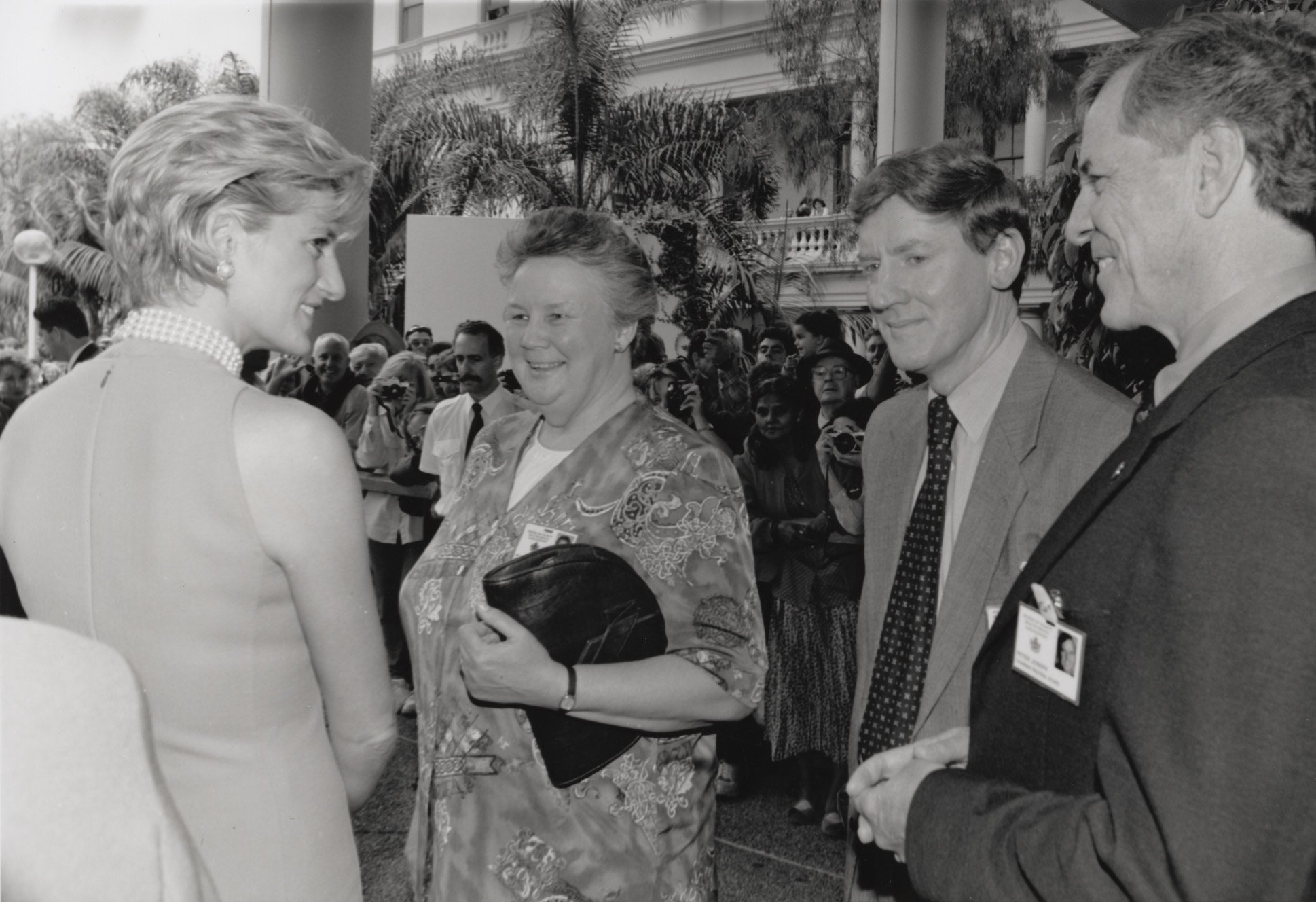
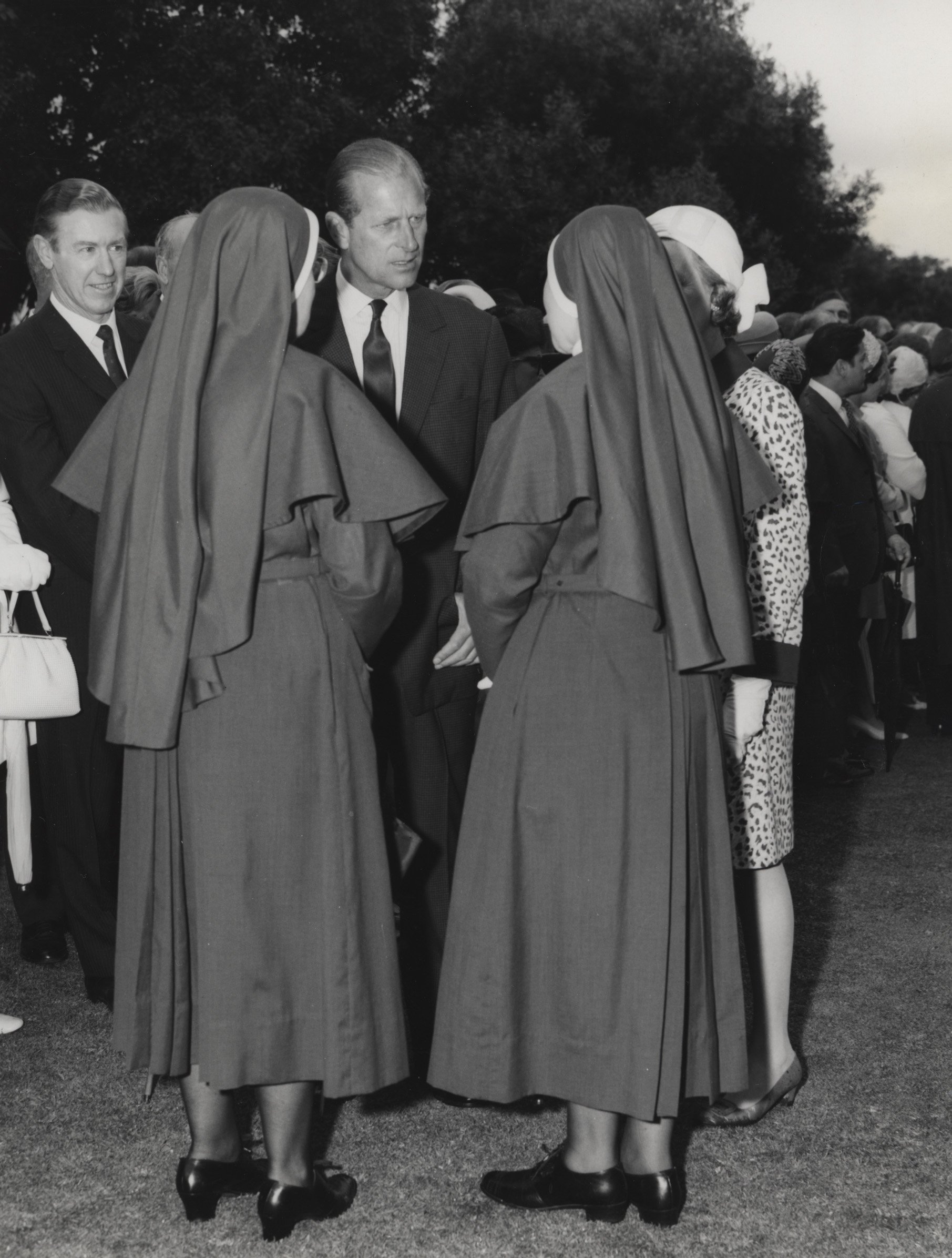
All images above are courtesy of the Congregational Archives of the Sisters of Charity of Australia
Royal finds in the collection of the Congregational Archives
Archives Collections Registrar, Imogen Kennard-King
The recent passing of Her Majesty Queen Elizabeth II on 8th September 2022 was a momentous historical event, the likes of which most of us will experience just once in our lifetime. Her death and the events and changes that have followed affect us all in different ways. As a Commonwealth country, Australia has its own relationship with the British monarchy, in that the monarch is our head of state. The intense media coverage following the death of The Queen and the fascinating historical traditions and ceremonies that have played out in front of a global audience, sparked a curiosity in the Congregational Archives. While we were aware of a few items within the collection with links to the British royal family, we were inspired to explore what other connections we could find.
Commencing with the source of our curiosity, we came across two Queen Elizabeth II Coronation Medals awarded to individual Sisters in 1953. Coronation Medals were intended as a personal souvenir from The Queen to mark the occasion of her coronation on 2nd June 1953; this occurred a year after her ascension to the throne following the death of her father King George VI on 6th February 1952. In 1953, 129,051 Coronation Medals were awarded, with 11,561 of those presented to Australians. These were distributed amongst the states and territories, and Sr Sarto Peardon, Rectress of St Vincent’s Hospital Melbourne and Sr Giovanni Ackman, Rectress of St Vincent’s Hospital Sydney were chosen as recipients alongside members of parliament, military servicemen and women, and church and philanthropic leaders.
We subsequently discovered that the collection holds links to the royal family that precede the reign of Queen Elizabeth II. Our search took an interesting turn in the form of a set of 1908 Maundy money. Maundy money is a set of four small silver coins, bestowed by the British Monarch in a ceremony known as Royal Maundy. This historically rich ceremony is a Church of England tradition, the origins of which are inspired by Jesus washing the feet of his disciples. The ceremony is held on Maundy Thursday, the day before Good Friday, each year and customarily royals once washed the feet of the poor and elderly. It has, however, evolved over centuries to the presentation of special silver Maundy money coins to recipients in recognition of their service to the church and their community. The number of beneficiaries in any given year, correlates to the years in the sovereign’s age. The set held by the Congregational Archives was presented in 1908, and as such, collectively bear the portrait of King Edward VII. The curiosities presented by this object go beyond its numismatic qualities. Inside the lid of the red leather case an unknown artist has painted a remarkable design. Painted directly onto the silk lining are the flags of Belgium, France, the United Kingdom, the Australian Red Ensign, and the Ensign of the Russian Navy with text which reads “1914; 1915; For Honor; We Fight”. Despite its apparent connections to the allied forces of WWI, this remarkable artwork came to be painted inside a set of Maundy money, but one can only imagine the story of its original owner and the historical events it may have witnessed. Unfortunately, we have no provenance information for this object, meaning its connection to the Sisters of Charity remains unknown. It is intriguing to say the least that a Catholic congregation might hold an object so closely tied with Church of England traditions, particularly given the rarity of Maundy money and the unique qualities of this set.
Returning to slightly more recent history and the reign of Queen Elizabeth II, the work of some individual Sisters were recognised in the form of appointments to the Most Excellent Order of the British Empire, otherwise known as MBE and OBE awards. Individuals appointed as an Officer of the Most Excellent Order of the British Empire are afforded the post-nominal OBE, and those who are Members of the order can use MBE after their name. These awards acknowledge a wide range of contributions and are granted by the British monarch, the sovereign of the order. Several individual Sisters of Charity are Members and Officers of the order in recognition of their work and achievements in nursing and health care, welfare, and religious education. The Congregational Archives stores the medals awarded with these honours, as well as their accompanying certificates which bear the signatures of Queen Elizabeth II and Prince Philip, Duke of Edinburgh who was Grand Master of the order.
The selfless, charitable work of the Sisters of Charity over 184 years has meant the paths of the Congregation and the royal family have crossed on many occasions. Sisters have had the opportunity to meet various members of the royal family during numerous visits to Australia. Queen Elizabeth II visited Australia 16 times in her life. Sisters have attended official royal engagements in Australia, from garden parties to hospital visits. Sr Regina Millard met Queen Elizabeth II at the official opening of Mount Druitt Hospital in 1982, and Sr Maria Cunningham welcomed Diana, Princess of Wales to St Vincent’s Hospital Sydney in November 1996. As a strong advocate for heart research, Diana was invited to open the Victor Chang Cardiac Research Institute’s premises in Darlinghurst. The visit was her last to Australia, taking place less than a year before her tragic death.
The Queen had a great sense of faith and a remarkable commitment to public service, both qualities shared by the Sisters of Charity. Her passing has allowed us an opportunity to look retrospectively at some of the intriguing and sometimes surprising connections between the British royal family and the Australian Sisters of Charity. What is not surprising is that the royal family has chosen on so many occasions to recognise and award the work of the Sisters and engage with them on a personal level, regardless of differences in class and religious denomination.

